Introduction Security is essential in modern homes. Many homeowners invest in safes to protect valuables such as documents and precious items, offering protection against theft, fire, and natural disasters.
Types of Safes
- In-Wall Safe: Concealed behind walls, typically installed between studs, offering discreet storage.
- Freestanding Safe: Usually on the ground, with ample storage space but more visible.
- Floor Safe: Installed beneath the floor for better concealment and protection, especially against fire and flood.
How to Install a Safe
- Tools Needed: Measuring tape, marker, drill, screwdriver, socket set.
- Select Bolts/Studs: Choose based on safe type and wall/floor type.
- Cut Opening: For wall safes, carefully cut the wall cavity and avoid electrical wires.
- Measure and Mark: Ensure proper fit by measuring and marking drilling spots.
- Drill Holes: Drill carefully for stability.
- Install Safe: Fit the safe into place and secure with bolts.
Location for Safe Installation
- Wall Safe: Ideal in low-traffic areas, concealed by furniture or art.
- Floor Safe: More discreet and harder for burglars to remove, especially when embedded in concrete.
- Basement: Secure, though ensure water resistance in flood-prone areas.
- Attic: Good for large safes, less exposed to water damage.
Worst Places for Installation
- Master Bedroom: Commonly targeted by burglars.
- Garage: Often insecure with frequent traffic.
- Staircase: Too visible, attracting attention.
- Under the Bed: Predictable and easily accessed by thieves.
- Kitchen: High traffic and varying temperatures may lead to accidental discoveries.
Tips and Precautions
- Anchor Safes: Ensure the safe is fixed to a stable structure.
- Concealment: Hide the safe behind furniture or decor.
- Avoid Pipes: Be cautious to avoid damaging pipes when drilling.
- Fire Resistance: Opt for fireproof safes to protect against extreme heat.
- Lock Types: Choose from traditional, biometric, or combination locks based on preference and security needs.
- Size: Consider safe size based on your storage needs and available space.
- Humidity Control: Use dehumidifiers or store items in dry areas to protect against moisture.
Costs Safes vary greatly in price, from $60 for simple wall safes to over $2000 for high-end models. Specialized safes, such as gun safes and fireproof safes, can be significantly more expensive, but the investment is often worth the peace of mind.
Conclusion Investing in a safe ensures your valuables are protected. Its effectiveness depends on choosing the right type, size, and installation location.

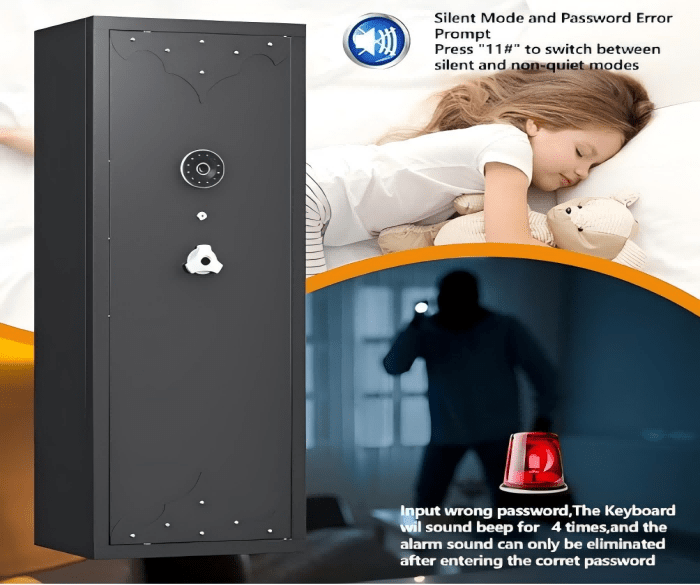
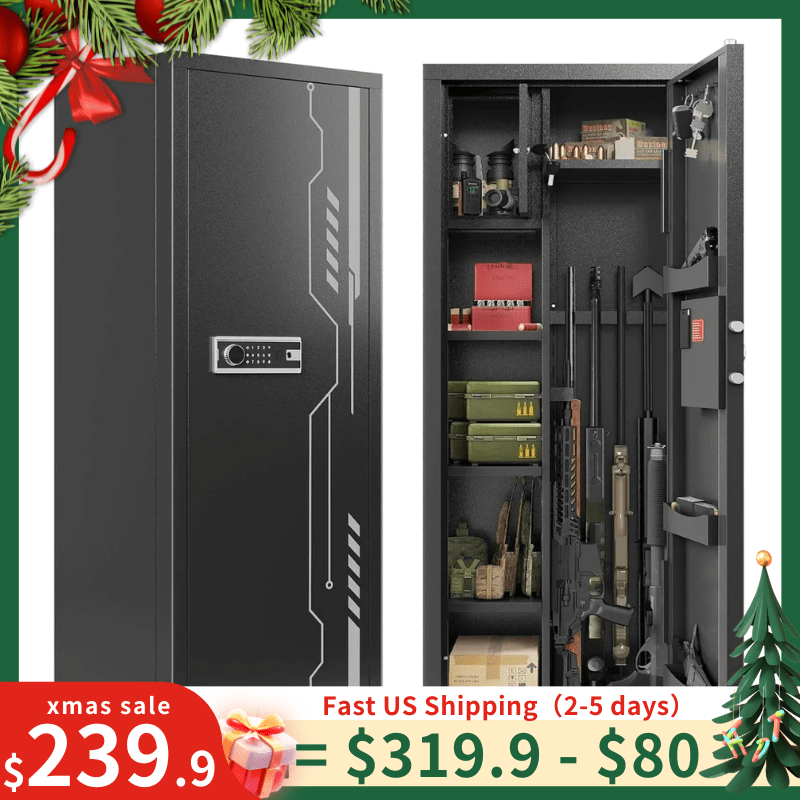
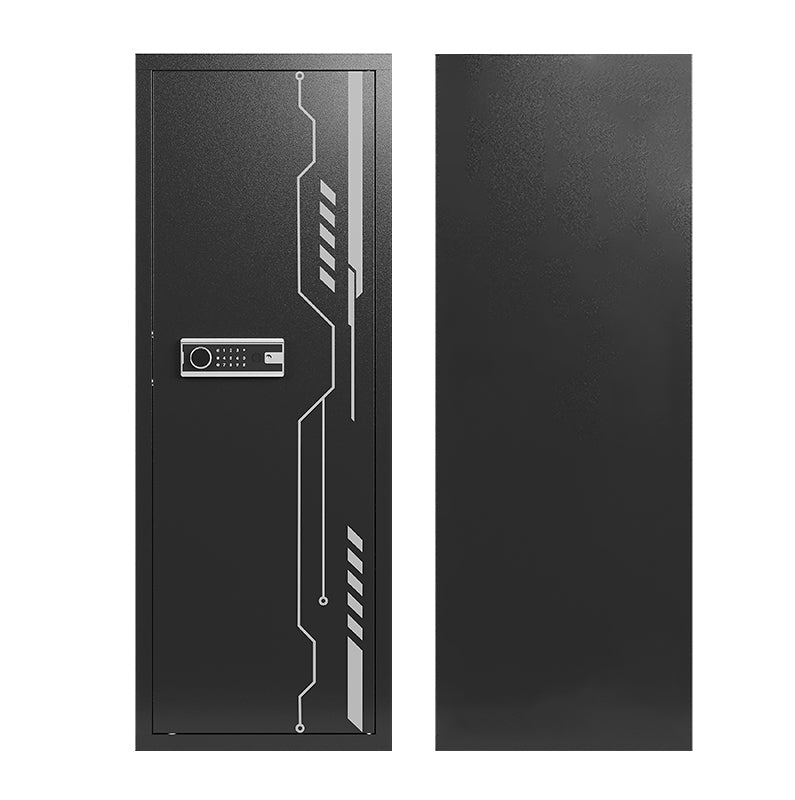
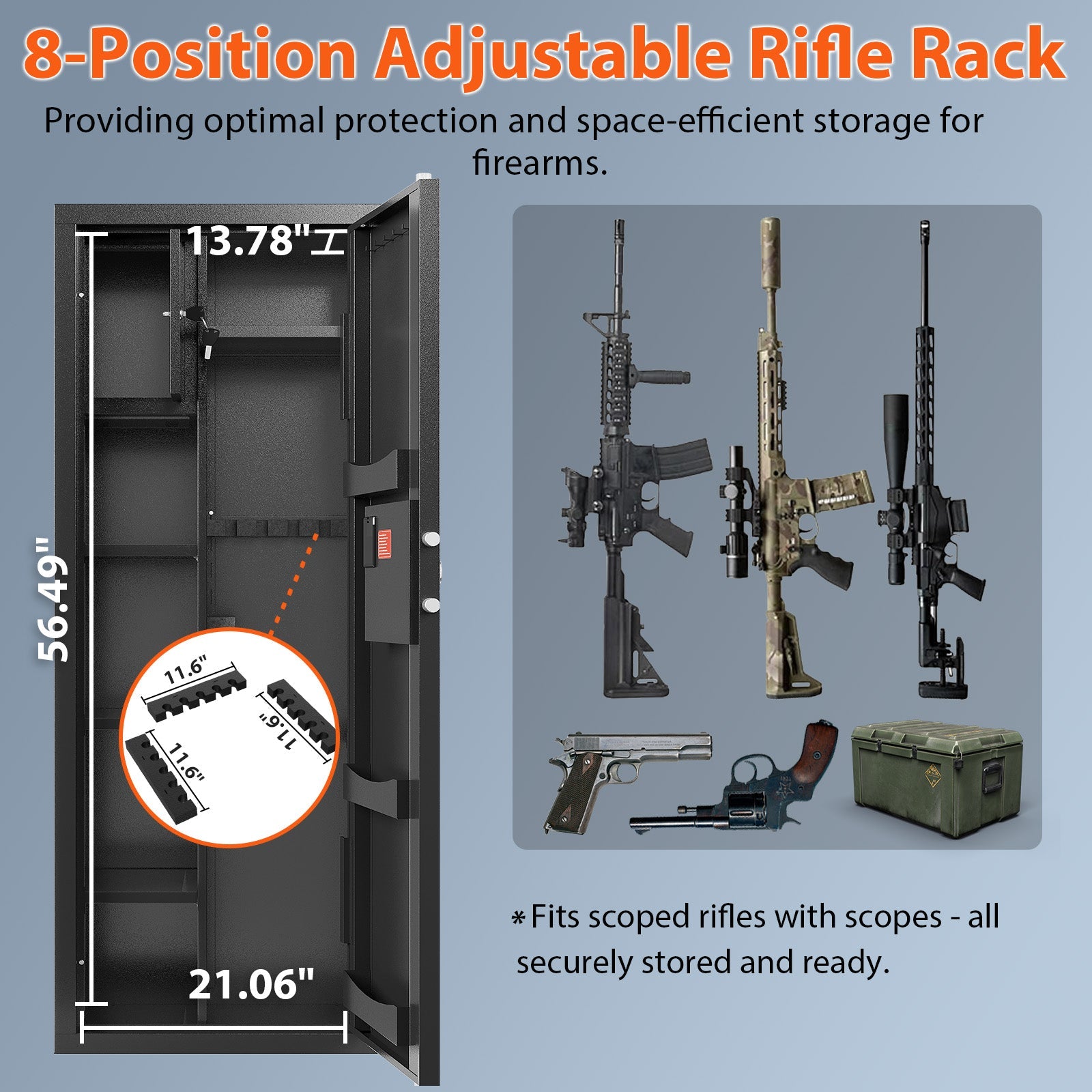
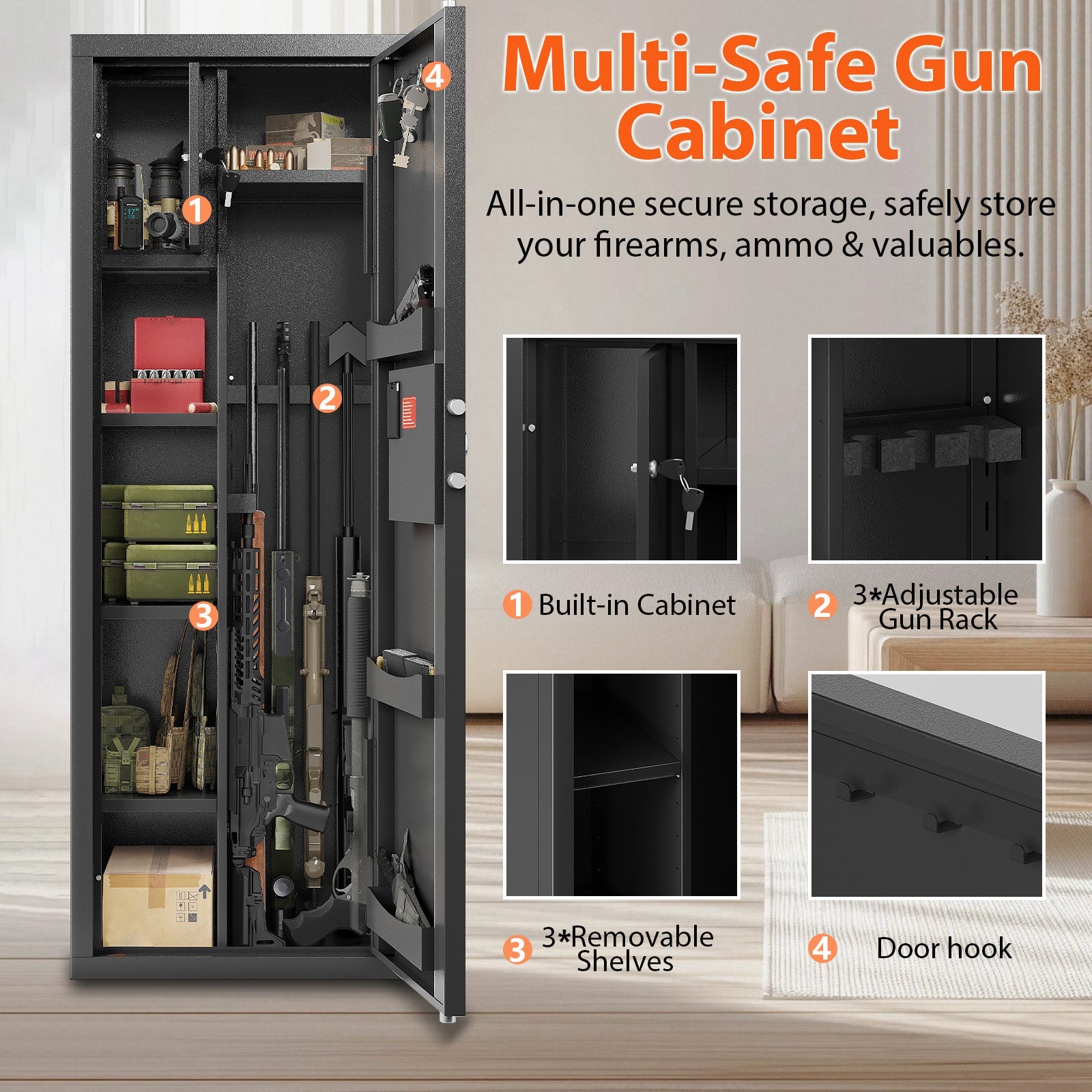




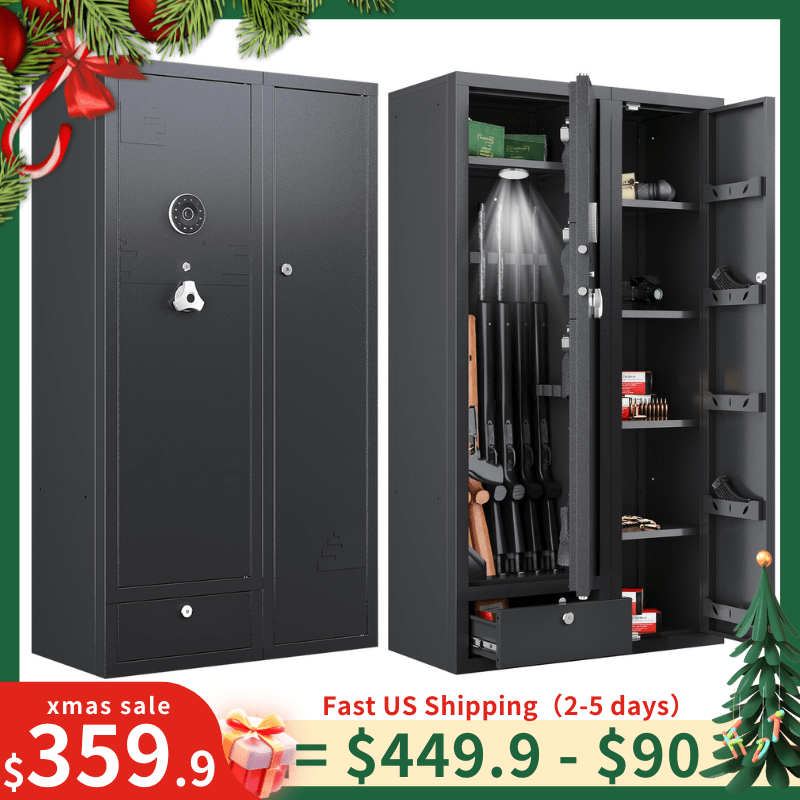
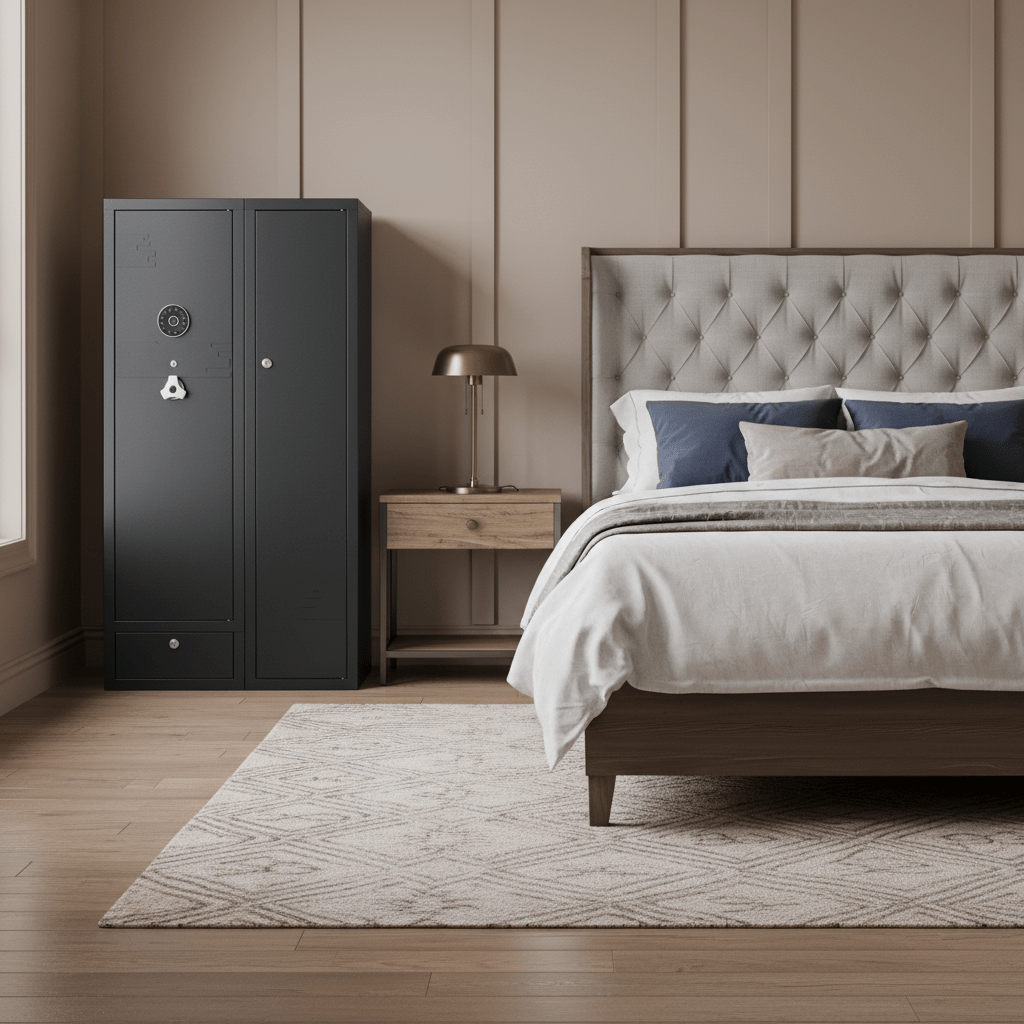
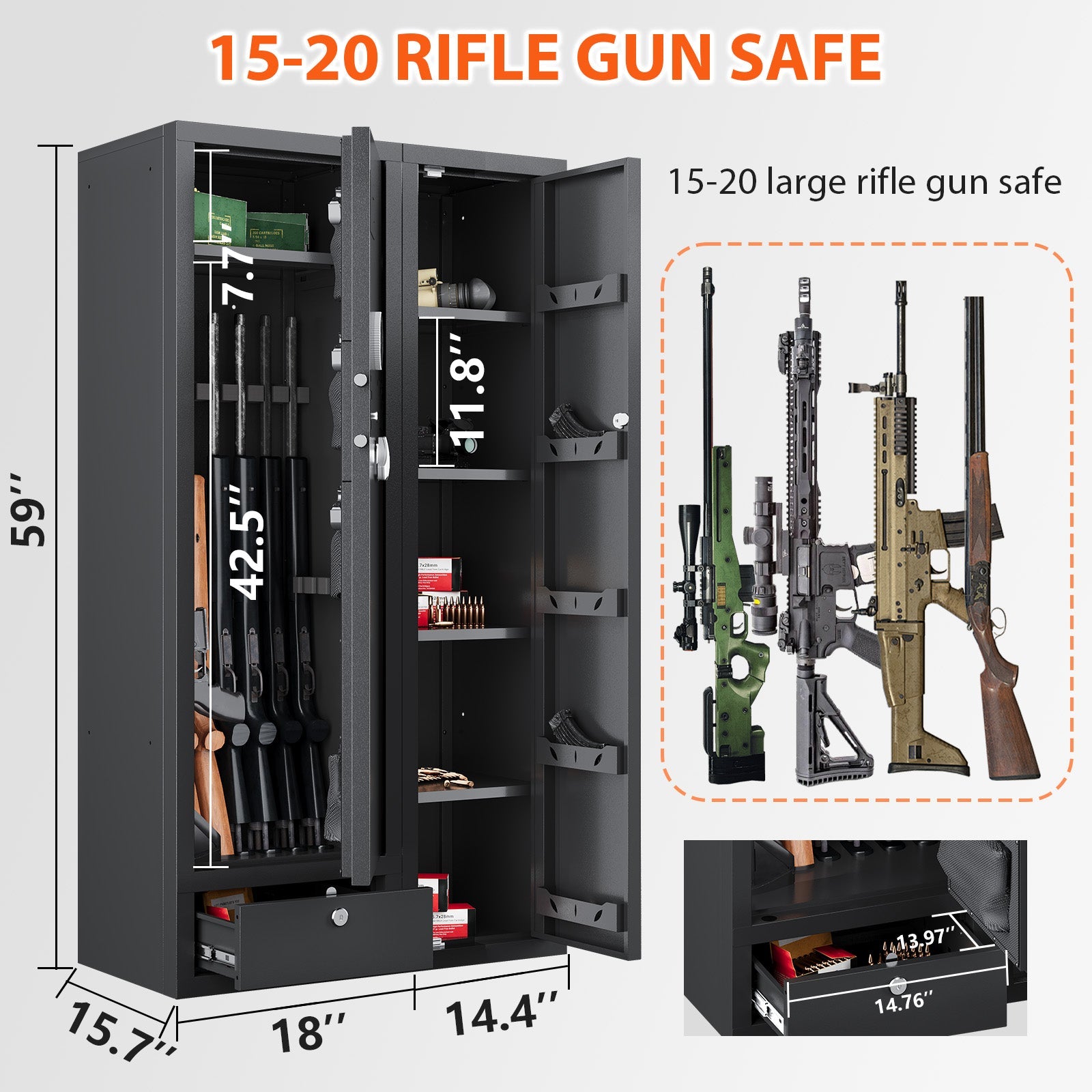
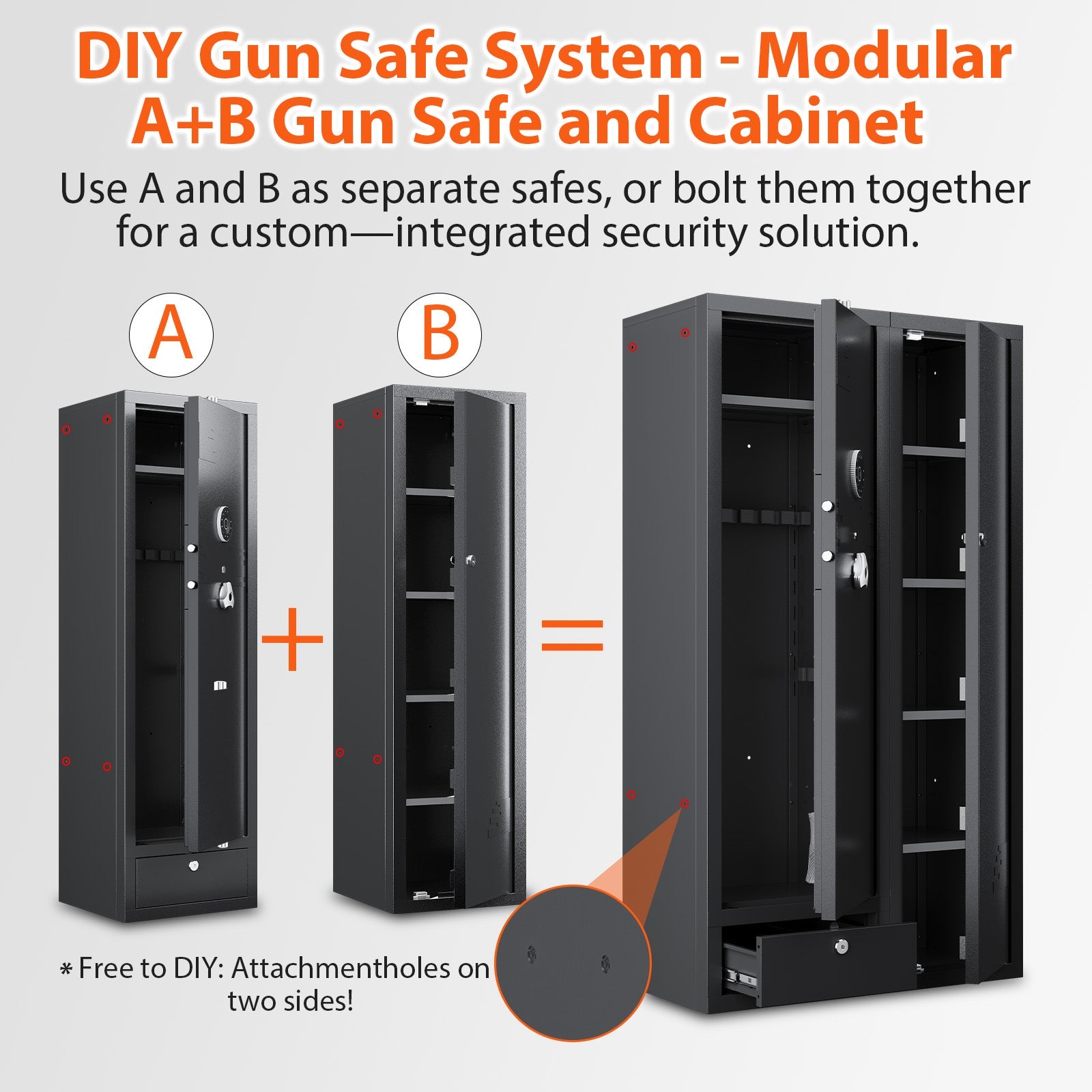
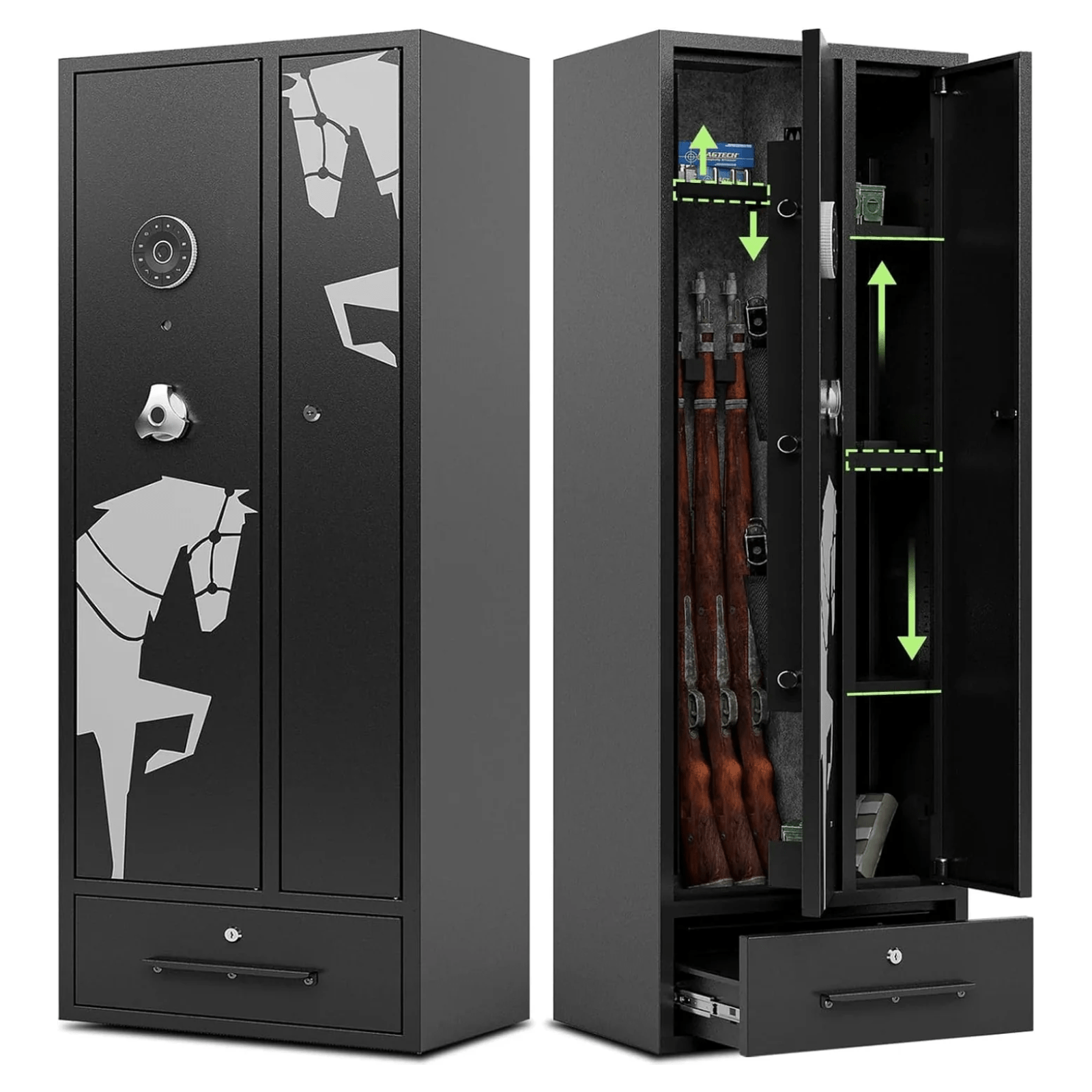
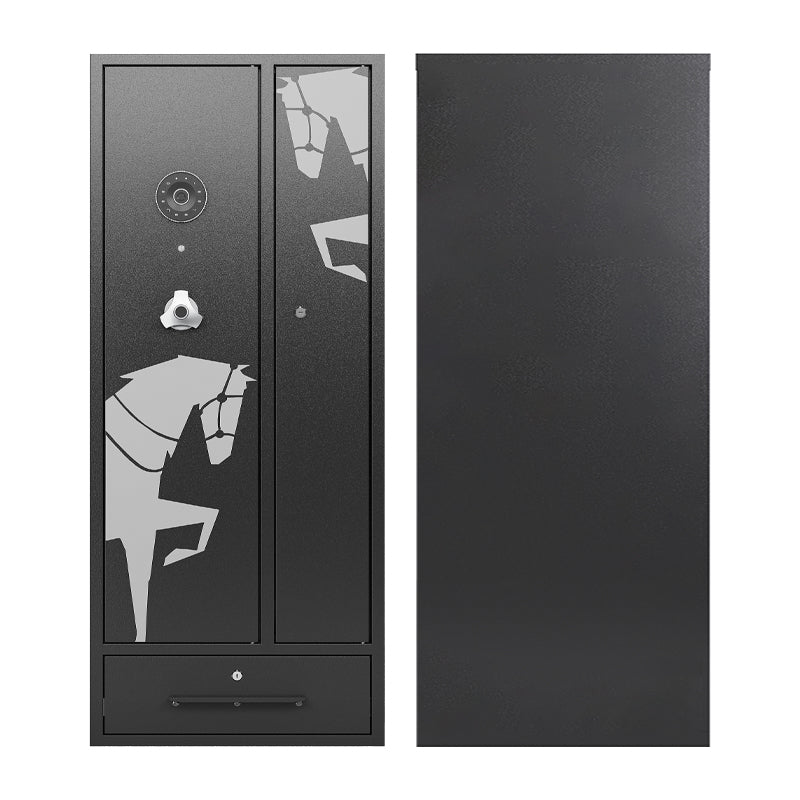
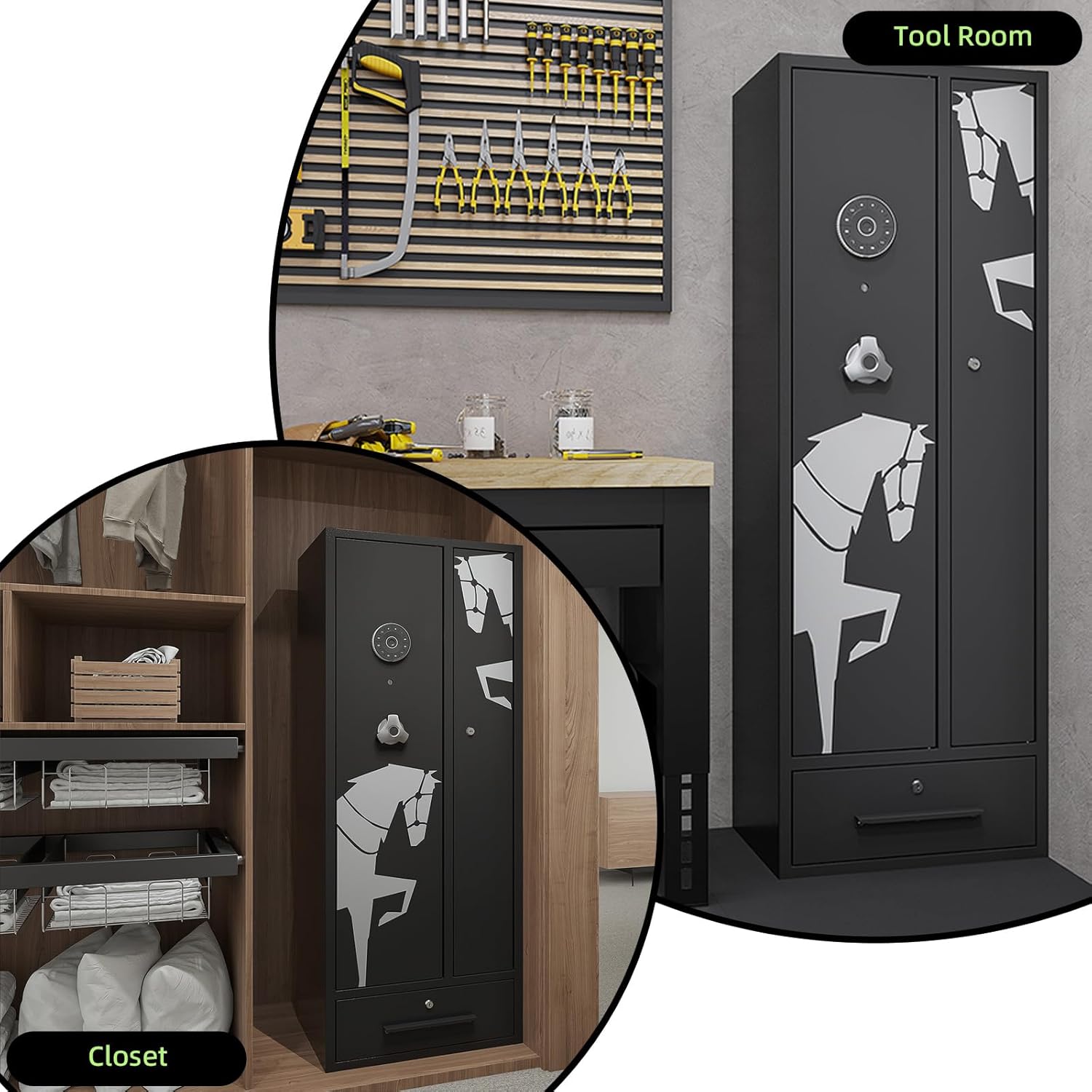
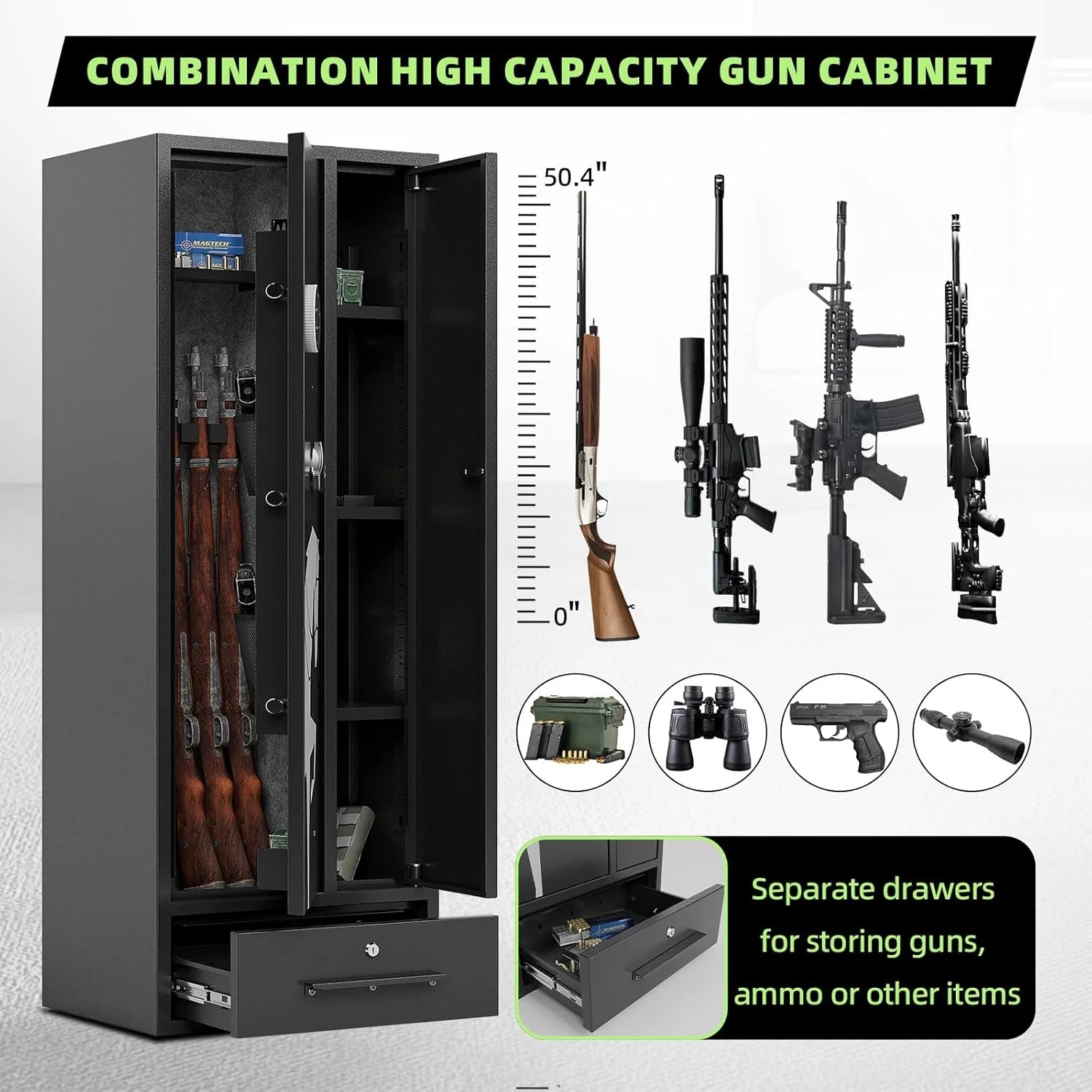
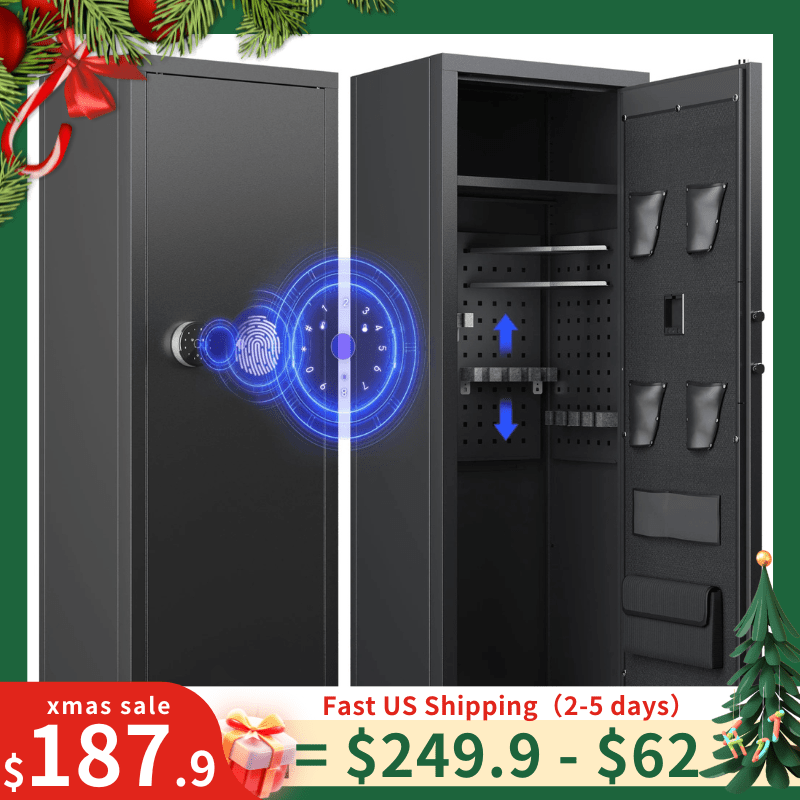
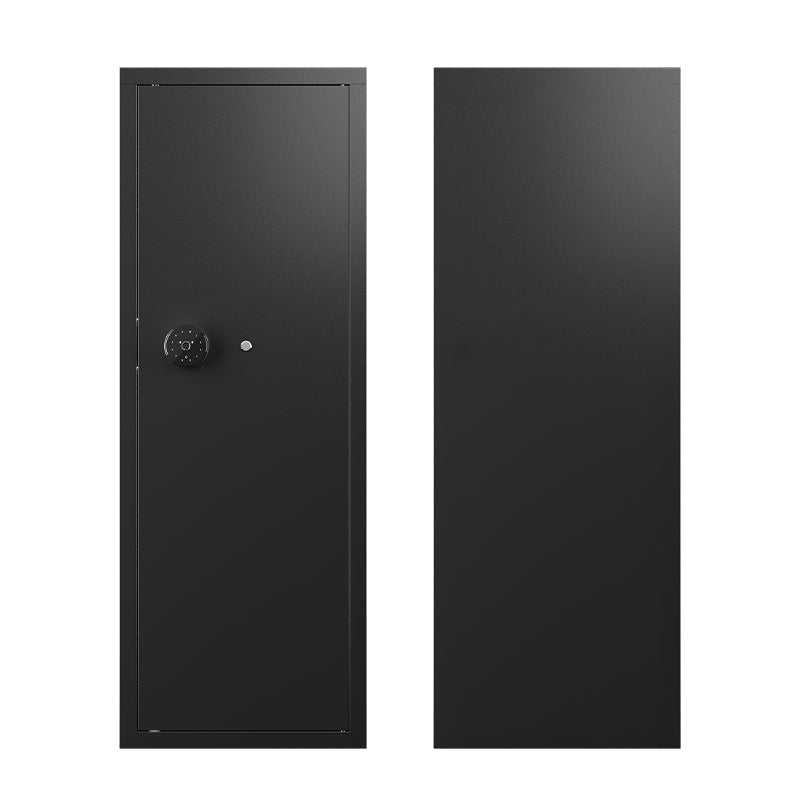
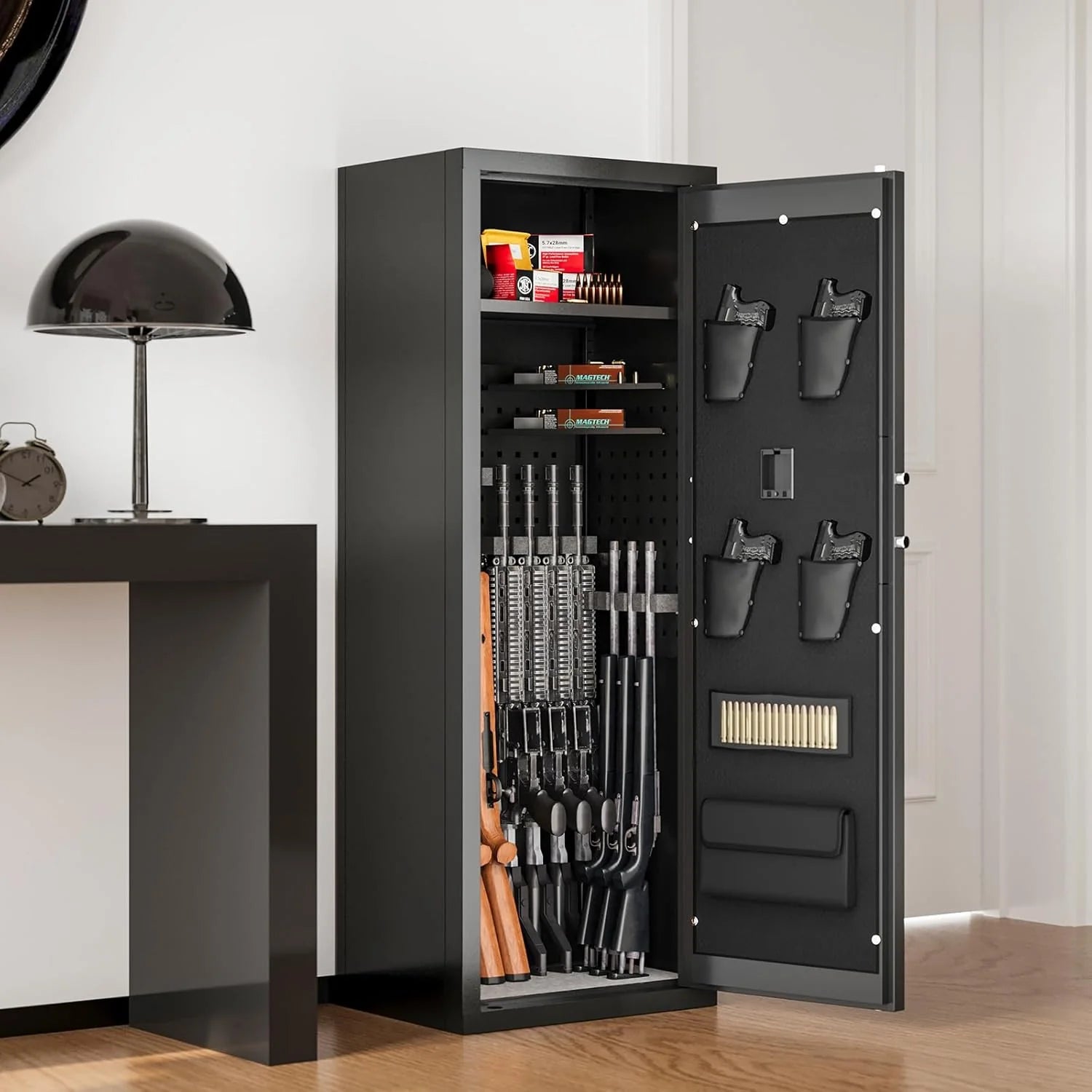

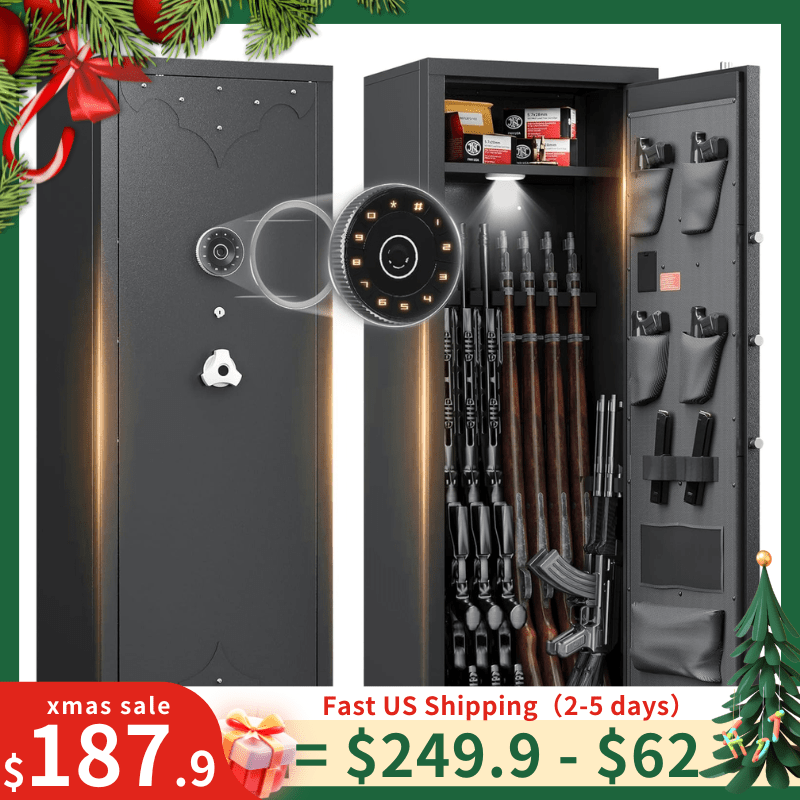
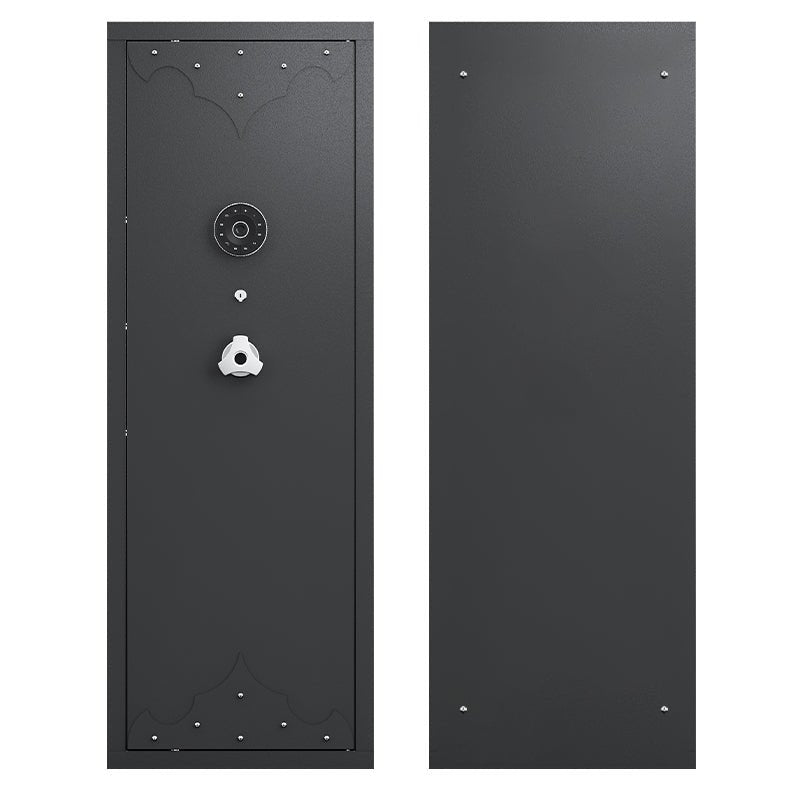
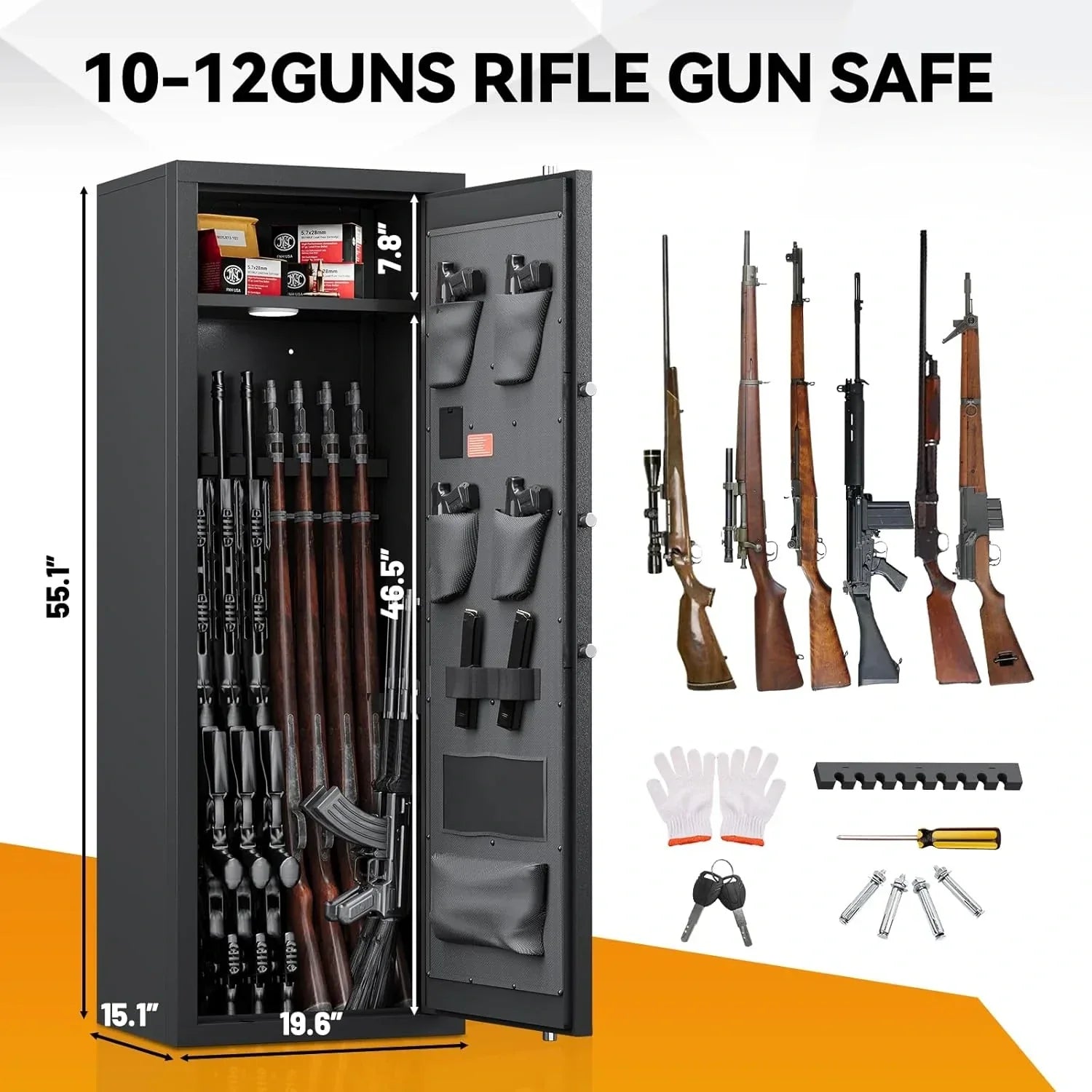
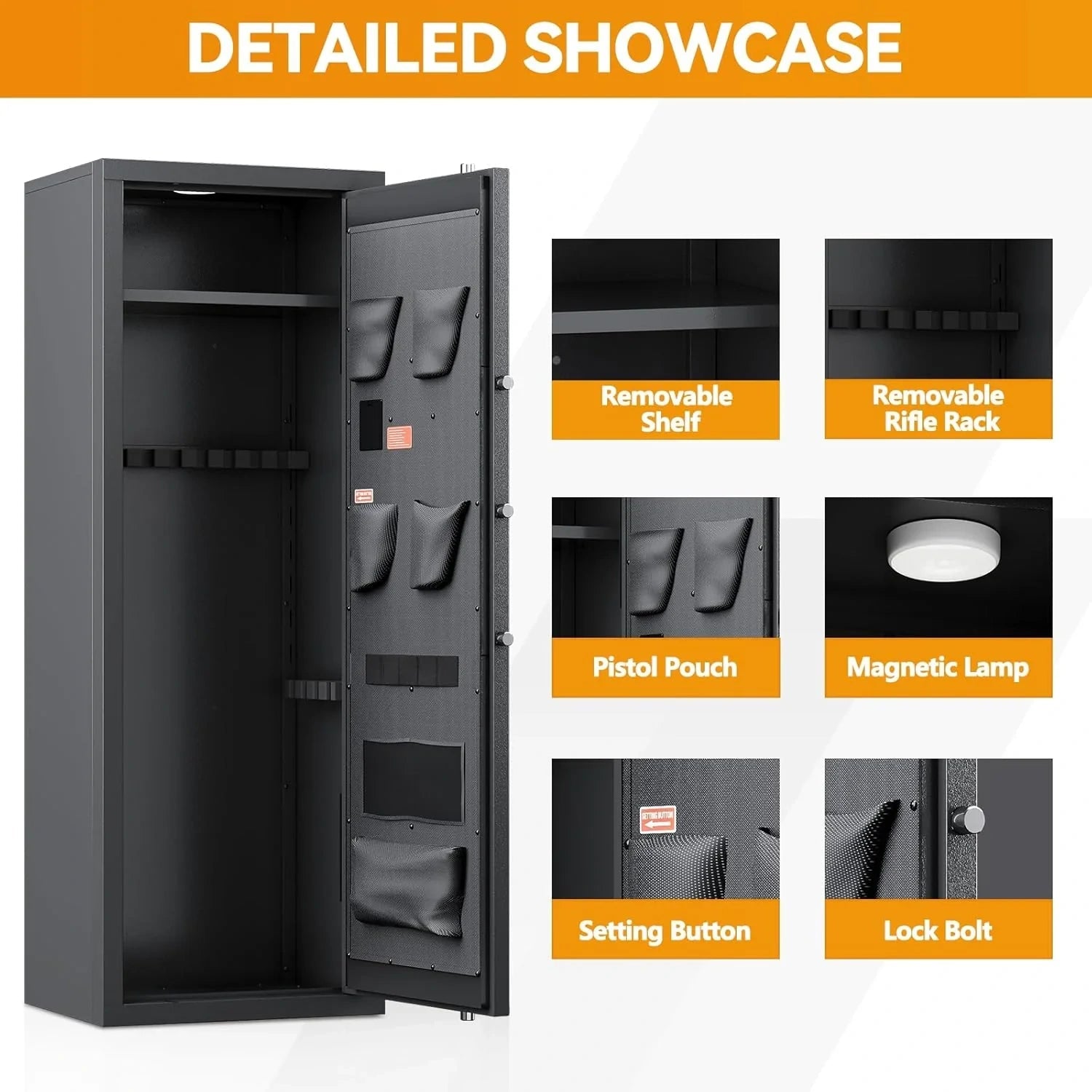
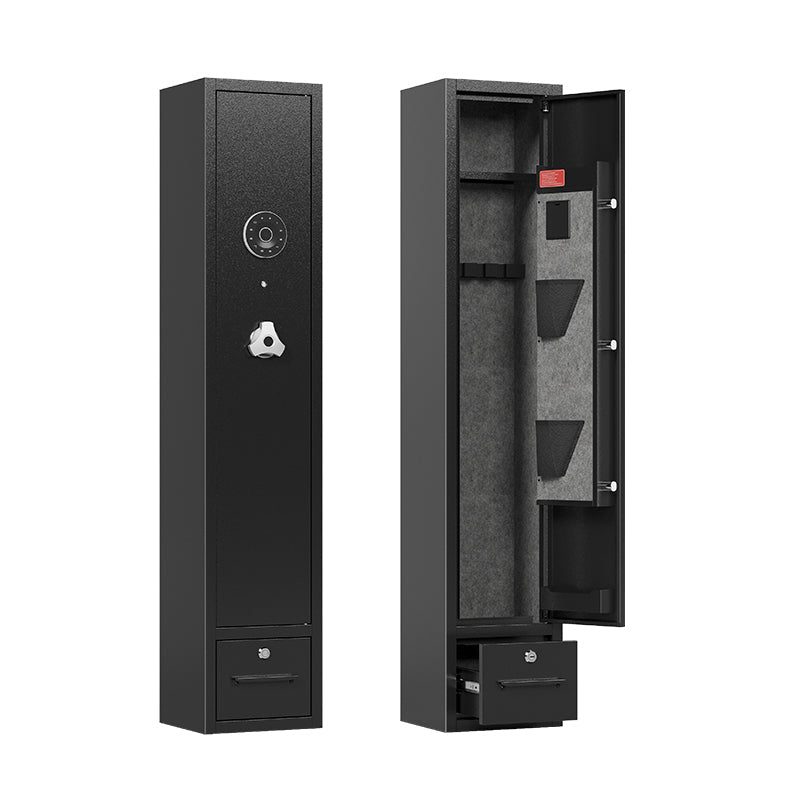
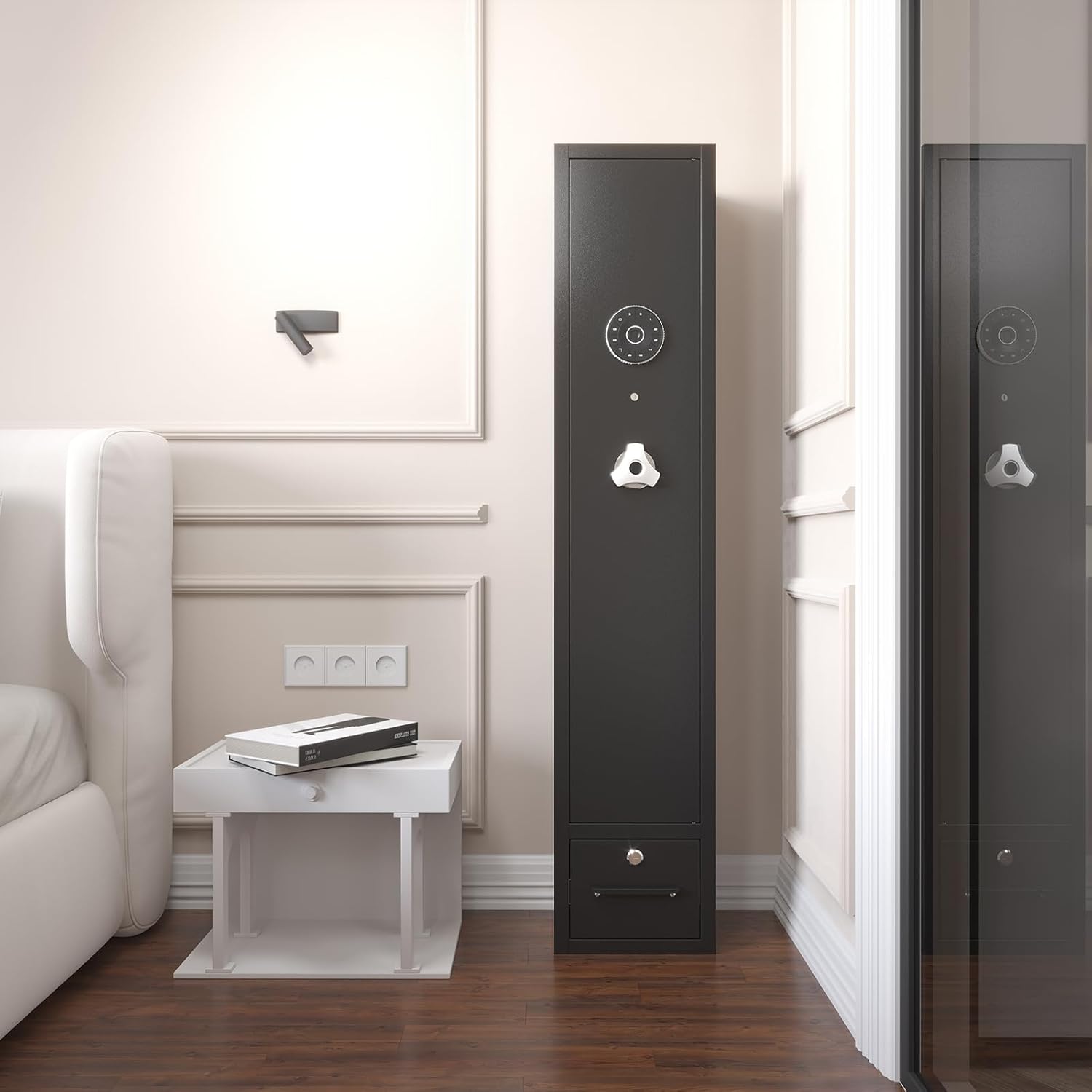
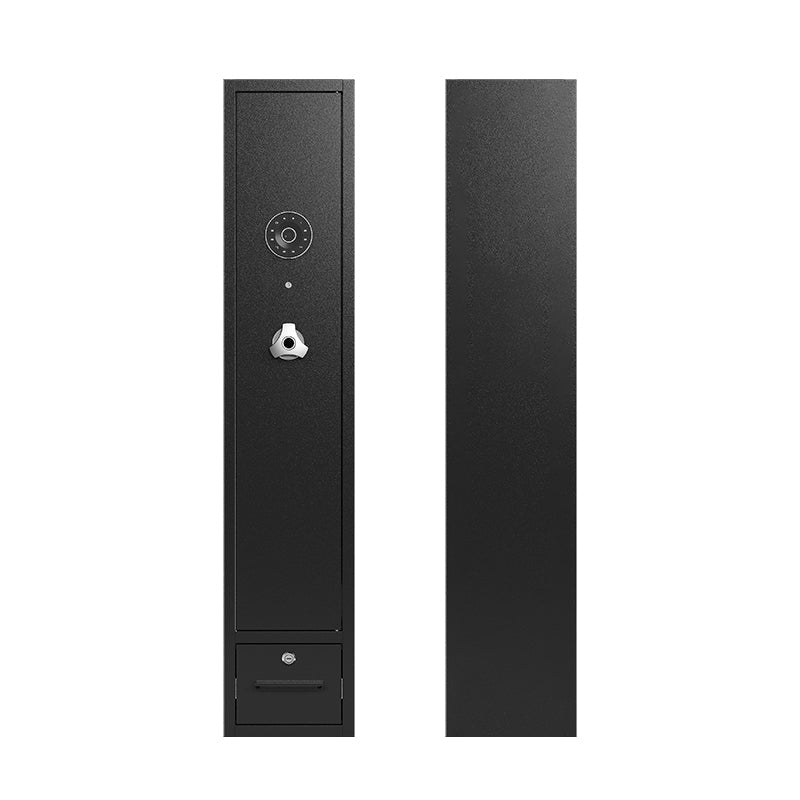
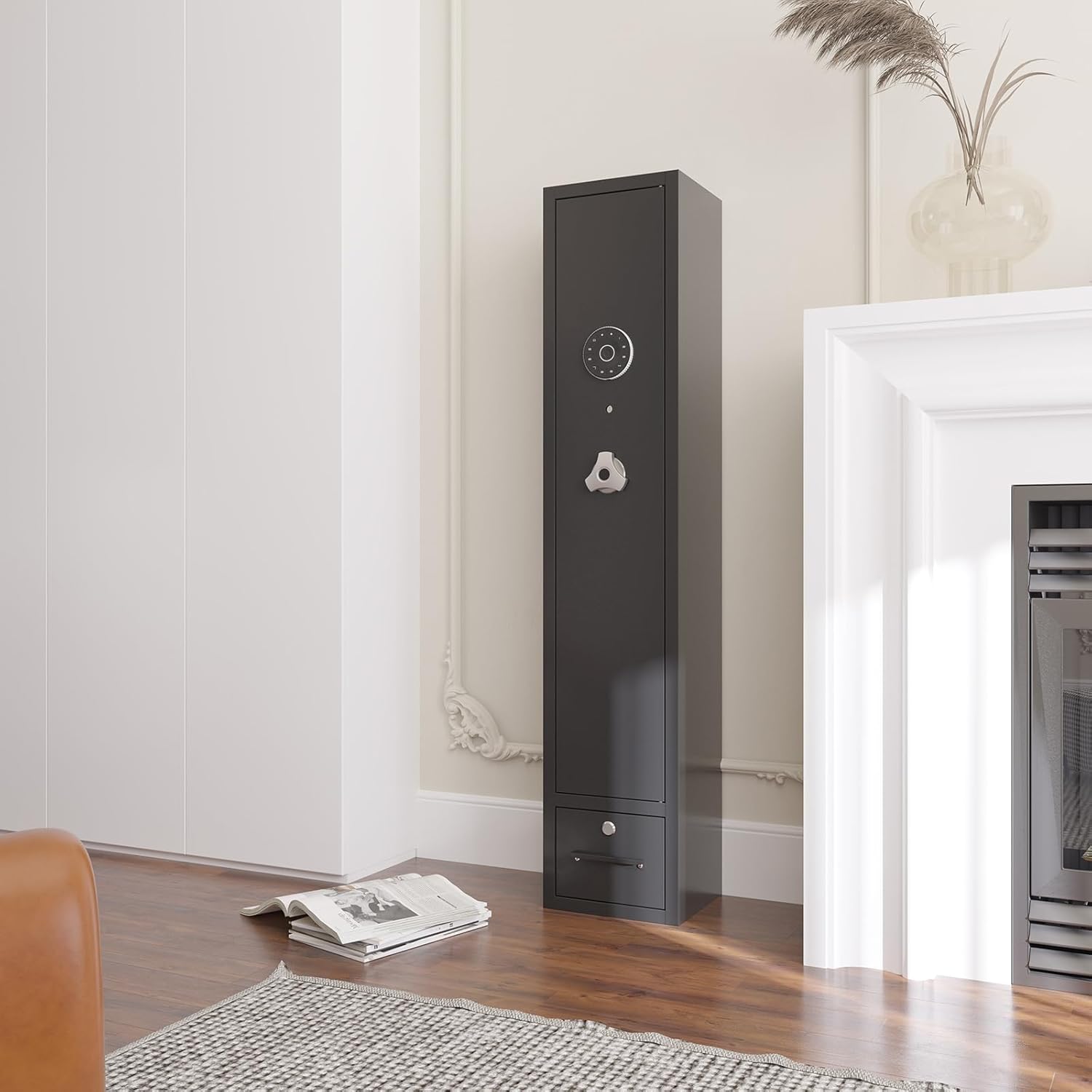
Share:
Are Gun Safes Airtight? Share a few simple methods
Gun Safe Locks Types: Understanding Your Options